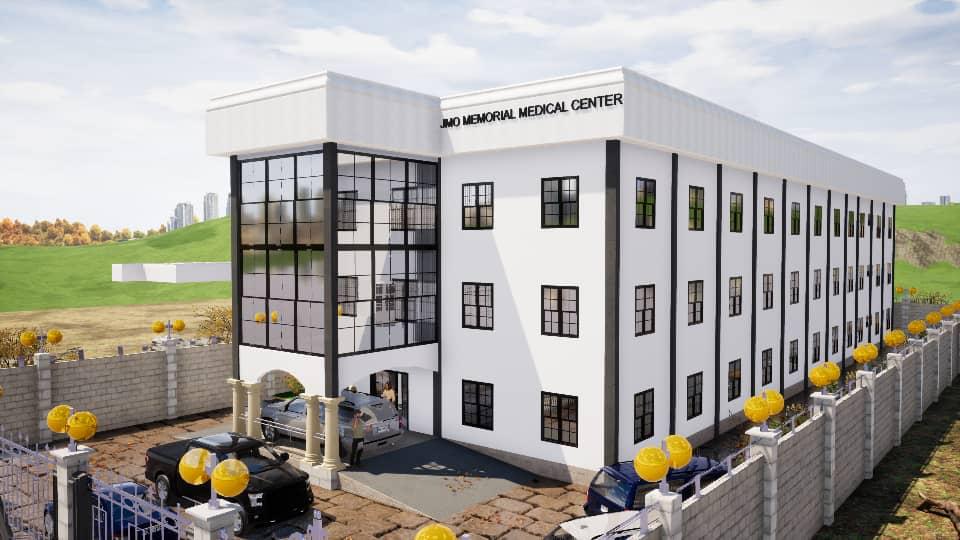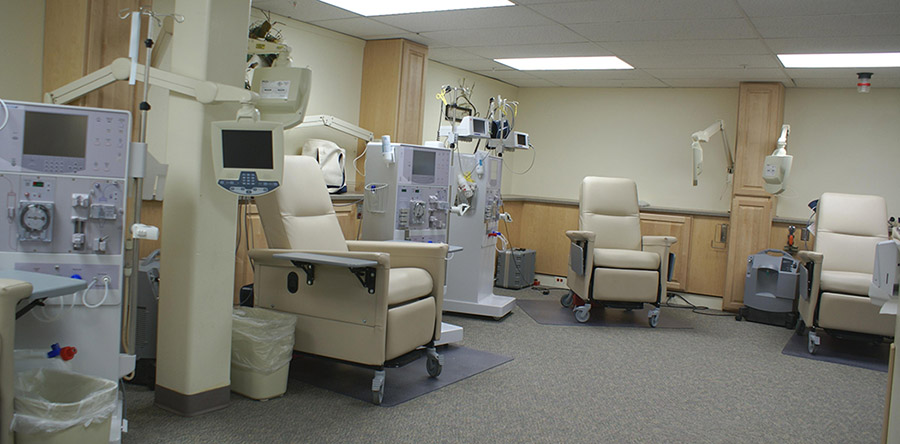
The big question is “What is Dialysis and when do I start?“
………Dialysis is simply the treatment that removes waste and excess fluids from your blood.
……….You don’t need Dialysis but if your kidney function drops below 15% or fails you will need Dialysis or transplant.

Kumba Dialysis Center – Under Construction


 When your kidney function has decreased to around 15%, dialysis will be necessary in order to survive. As your kidney function declines, your body will fill with extra water, salt and waste products. This condition is called uremia. Your hands or feet may swell. You will feel tired and weak because your body needs clean blood to function properly. Hemodialysis removes waste products and extra fluid from the blood by using a special filter called an artificial kidney, or a dialyzer.
When your kidney function has decreased to around 15%, dialysis will be necessary in order to survive. As your kidney function declines, your body will fill with extra water, salt and waste products. This condition is called uremia. Your hands or feet may swell. You will feel tired and weak because your body needs clean blood to function properly. Hemodialysis removes waste products and extra fluid from the blood by using a special filter called an artificial kidney, or a dialyzer.
2. Peritoneal Dialysis
 Peritoneal dialysis, or PD, is a daily treatment. PD is a procedure that removes wastes, chemicals and extra fluid from your body. This type of dialysis uses the thin, natural lining of your abdomen to filter your blood. The lining is called the peritoneal membrane. The peritoneal membrane surrounds the abdominal cavity, which contains your stomach, spleen, liver and intestines. The peritoneal membrane acts as the artificial kidney. Although it is there to protect your organs, it has many tiny holes, or pores, in it that can be used to filter waste products and other chemicals from your blood
Peritoneal dialysis, or PD, is a daily treatment. PD is a procedure that removes wastes, chemicals and extra fluid from your body. This type of dialysis uses the thin, natural lining of your abdomen to filter your blood. The lining is called the peritoneal membrane. The peritoneal membrane surrounds the abdominal cavity, which contains your stomach, spleen, liver and intestines. The peritoneal membrane acts as the artificial kidney. Although it is there to protect your organs, it has many tiny holes, or pores, in it that can be used to filter waste products and other chemicals from your blood
3. Transplantation
 Transplantation is an alternative to hemodialysis or other dialysis therapies. It is a treatment but not a cure for kidney disease. Kidney disease has no cure.
Transplantation is an alternative to hemodialysis or other dialysis therapies. It is a treatment but not a cure for kidney disease. Kidney disease has no cure.
The transplantation process has many steps. First, talk with your doctor because transplantation isn’t for everyone. You could have a condition that would make transplantation dangerous or unlikely to succeed.
The transplant procedure involves removing a normal functioning kidney from one individual and placing it into someone whose kidneys have failed. If the transplant is successful, the new kidney takes over and you no longer need dialysis. The kidney transplantation involves receiving a healthy kidney from either a living donor or from an individual who has died (deceased donor).